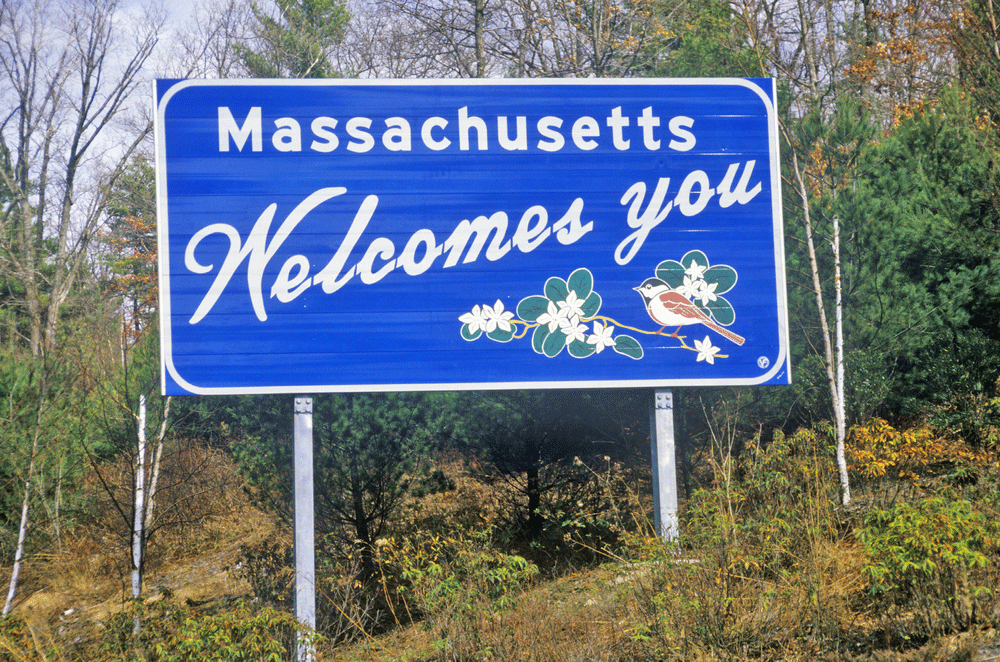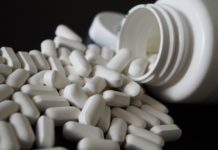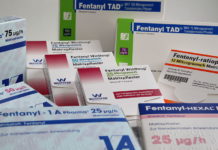demographics, but easy access to fentanyl is the biggest problem.
“Someone made a comment to me not long ago about how it was so difficult to get heroin,” Silva said. “I thought about it for a second and said, ‘It’s not hard at all. You can get it almost anywhere and it’s unfortunate,’ but what the person was saying was heroin by the true sense of the nature. It’s all fentanyl now.”
Silva said that local fire departments are instructed to always have Narcan to reverse overdoses caused by fentanyl and other opioids – but often, it’s too late for overdose reversal.
The Centers for Disease Control and Prevention (CDC) reported last January that multiple cause-of-death mortality records from 2000 to 2014 show that deaths from drug overdoses increased 137 percent, while overdose deaths that were linked to heroin and opioid pain relievers increased 200 percent.
The same report shows that from 2013 to 2014, the national rate of drug overdose deaths had gone up 6.5 percent. In Massachusetts, that rate increased 18.8 percent.
“To reverse the epidemic of opioid drug overdose deaths and prevent opioid-related morbidity, efforts to improve safer prescribing of prescription opioids must be intensified,” the CDC stated.
Steps towards improvement
Last March, Massachusetts Governor Charlie Baker signed the Compromise Opioid Bill, which includes addiction screening for middle school and high school students and a seven-day limit on opioid prescriptions for new patients.
After the bill passed, Massachusetts Attorney General Maura Healey tweeted: “To the families who have lost loved ones, we know this bill will not bring them back, but we hope it changes the future for others.”
Another hopeful measure was taken by the DPH, which announced the Massachusetts prescription monitoring program earlier this year, known as MassPAT. The program initially required all registered practitioners in Massachusetts to research a patient’s prescribing history in the state’s Prescription Monitoring Program (PMP) before they were prescribed benzodiazepines and a narcotic in Schedule II or III for the first time. The requirement was updated on October 15 to mandate that doctors query the PMP database every time they prescribe a Schedule II or III narcotic. The new law also forces pharmacies to report narcotic dispensing on a daily basis rather than weekly, as the state initially required.
Amidst the national opioid epidemic, the new regulation seems to be a sensible step. But will physicians change their prescribing practices based on what they find in the database?
“Much more needs to be done,” Silva said. “We need to focus with the pharmaceutical companies and with the primary care physicians that are administering drugs. There’s a family element to this and so many different facets to this whole thing. It’s not just necessarily punishment, but I think society needs more of a corrective focus.”
















